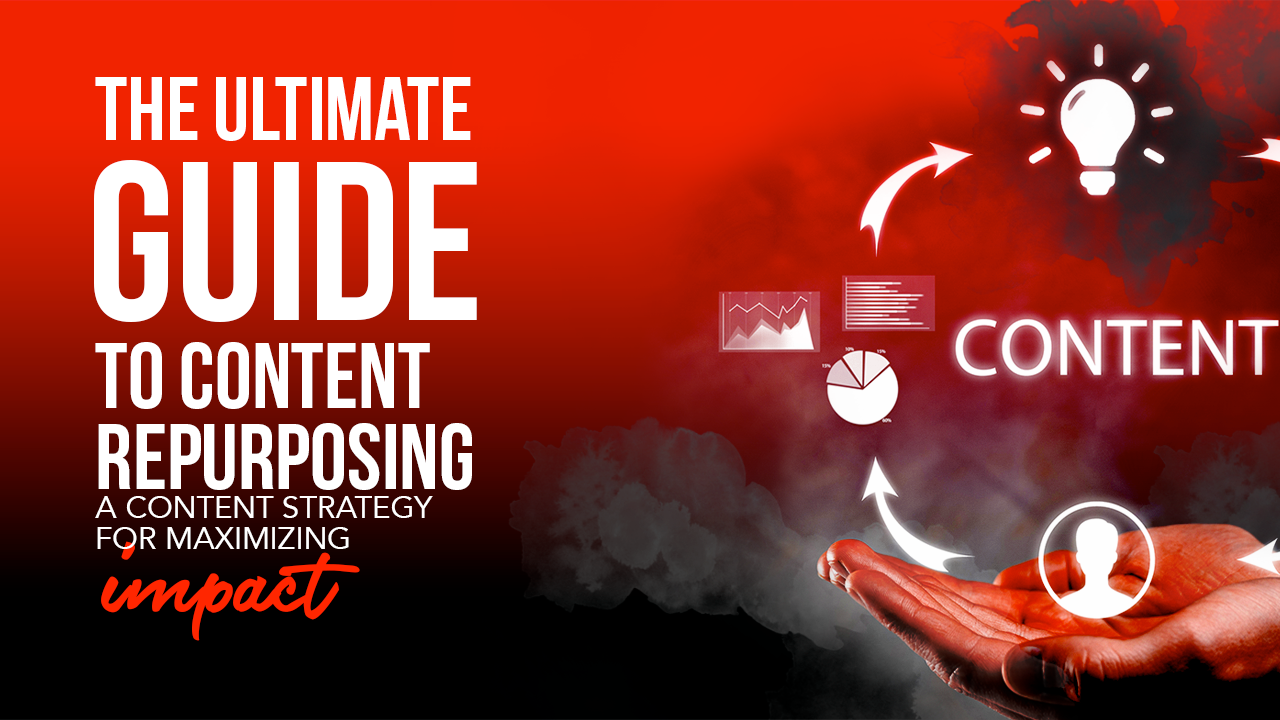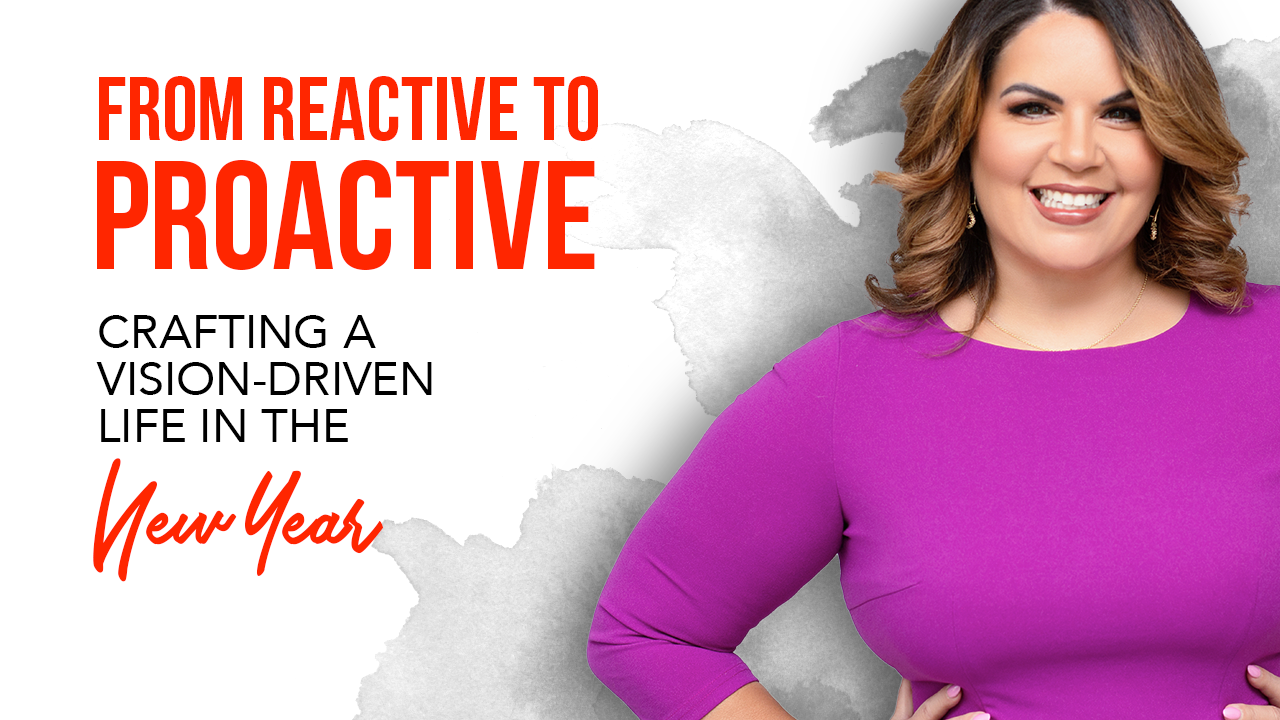Standing out from the crowd on social media these days requires more than a great caption and great visuals. With so much raw data floating around the internet, it’s vital to remember that in order for human minds to be able to actually process all the data, strategic visual architecture is required.
If you’re wondering what it takes to turn your social media into a real community with raving fans, this article will bring you some light.
My challenge is that by the end of this reading you’re turned into an information architect. And I’m up to it! Are you ready?
Understanding Information Architecture (IA)
Architecture is important. Castles made of sand fall apart with the tides. But built upon a strong foundation, a house can stand a thousand years or more.
Digital spaces are no different.
There is an enormous amount of information on the internet. But how much exactly? For example, Google receives over 63,000 searches per second on any given day. (Source: SearchEngineLand)
That’s the average figure of how many people use Google a day, which translates into at least 2 trillion searches per year, 3.8 million searches per minute, 228 million searches per hour, and 5.6 billion searches per day. Pretty impressive, right?
The foundation of IA is how you organize the data for your users to find. Can you think of a website where the data has been extremely well organized so users can navigate easily? Amazon? For sure.
Amazon.com is famously usable. They provide all the information users need to understand where they are heading and what’s waiting for them when they get there. The information is accessible, findable, usable, and intuitive.
This is a fantastic example of IA done right. A strong foundation from which the other maxims of our information pyramid can be layered. Their menu is a great example of information architecture done right.
Image Credit: Amazon
Amazon has a lot of information when you load the homepage, but they do a good job of laying out the information in a hierarchical manner that allows the users to perform different tasks, but concentrate on the primary goal of not leaving the site without a purchase. The main design patterns used here include an autosuggest search bar, that allows the user flexibility and help without being intrusive, and a Tab Navigation pattern, that allows for accessibility by allowing a user to navigate on through the use of a keyboard.
Note to remember: the very best optimized sites can contain a massive amount of information that visitors will happily and easily process in a matter of seconds.
In simple words, you’re an information architect if you’re able to organize the data in a way that users can find it easily.
Information Architecture and Social Media Marketing
While marketers can’t change the design of the social media platforms, certainly, they can use UX design and IA principles in their social media marketing strategy.
See how Amazon promotes its “Happy Gifting” campaign on Facebook and Instagram.
- They used Facebook Live with Oprah, following a QVC show format. This is great for mature audiences (ages 34-over).
- The same campaign (Happy Gifting) was shared with their Instagram followers but using different formats. Short clips, and showcasing products that fit younger audiences. (15-30ish).
- Both platforms have a voice- and it’s different.
- The content promotes Amazon’s brands and brand partners, all under one umbrella.
Amazon’s social media accounts have been built according to their brand architecture.
I hope this is giving you ideas for your next social media marketing plan.

Integrating Information Architecture (IA) And Content Strategy
Between your website, your blog, emails, and social media channels, you might be producing at least 20 pieces of content every month, at the most conservative. Some organizations produce 100’s!
But how do you ensure you can get your readers, viewers or listeners the content they want in the right format? In other words, how can you maximize the value of your content?
The answer lies in information architecture and content modeling.
Information Architecture (IA) can be used by every small business owner! Business goals, brand, your voice, your content, your marketing, sales systems … etc.!
The 8 Principles of Information Architecture
These 8 principles from IA will help you design your next marketing moves!
The principle of objects: Content should be treated as a living, breathing thing. It has lifecycles, behaviors, and attributes.
The principle of choices: More is less. Keep the number of choices to a minimum.
The principle of disclosure: Show a preview of information that will help users understand what kind of information is hidden if they dig deeper.
The principle of exemplars: Show examples of content when describing the content of the categories.
The principle of front doors: Assume that at least 50% of users will use a different entry point than the home page.
The principle of multiple classifications: Offer users several different classification schemes to browse the site’s content.
The principle of focused navigation: Keep navigation simple and never mix different things.
The principle of growth: Assume that the content on the website will grow. Make sure the website is scalable.
Design Your Content Using UX Personas
Creating an awesome user experience is the end goal of UX designers. But getting from good to awesome takes a lot of trial and error.
One way to get closer to that all-important awesome user experience is through user personas.
UX personas are created from various research methods and are used to drive great user experiences whereas marketing personas are based on market research about your existing customers.
In short, a persona is just a snapshot of the person you’re targeting with your design or marketing efforts.
Information in a UX persona traditionally covers:
- Name
- Age
- Profession
- Specific competencies
- Goals
- Values
- Technical skill (i.e whether your user is a technophobe or a technophile)
When it comes to a persona, the more detailed the better. See the image below for an example.
If you have a company blog, you might have two distinct personas in your sales funnel: one which prefers list articles and another which prefers long form informational content. From knowing this, you could develop your content calendar to accommodate both of your personas.
When we understand our audience we are able to cater to them and this will (hopefully) nudge them further down the sales funnel.
According to Rob Petersen, marketing personas account for 90% of a company’s sales. And HubSpot says using personas makes websites 2-5 times more effective and easier to use by targeted users.
Who knew that understanding IA could be so beneficial?
Conclusion
As you work to define your revenue goals, it’s important to also define your Information Architecture. Without it, you might just be creating noise.
Over to you!











1 Comment
[…] As a forensic digital marketer, I always advise marketers to design their social media channels using Information Architecture Principles. […]